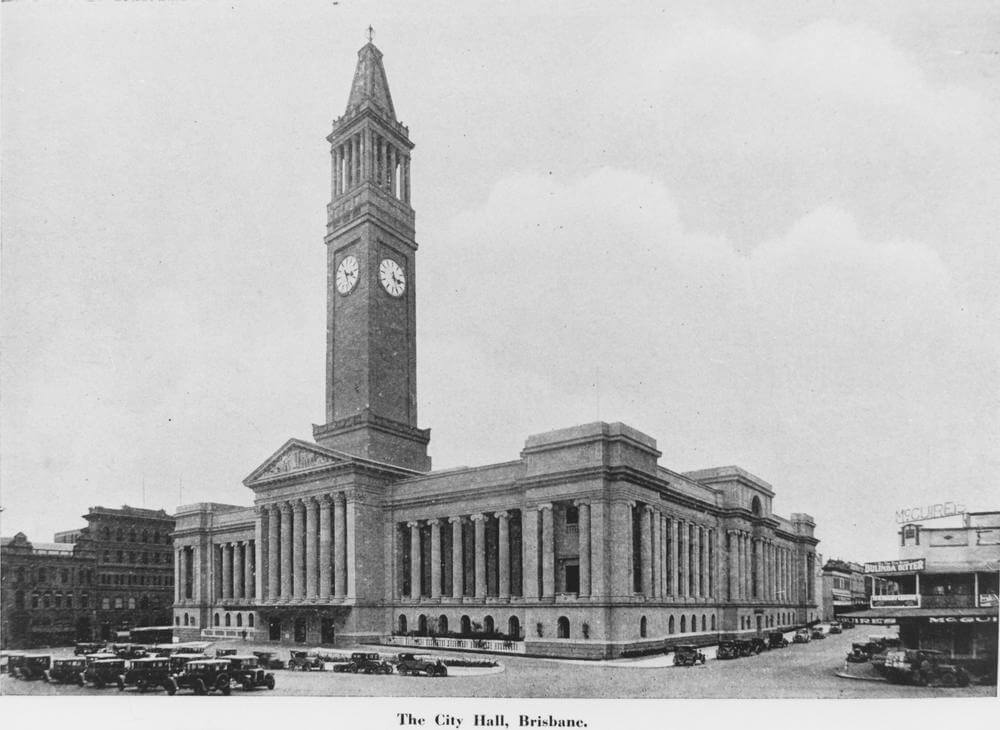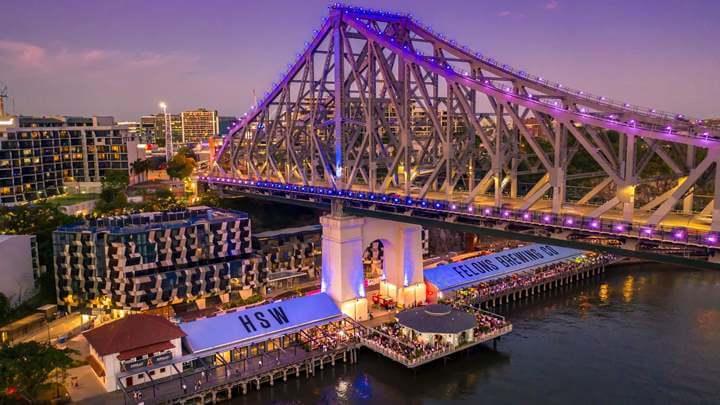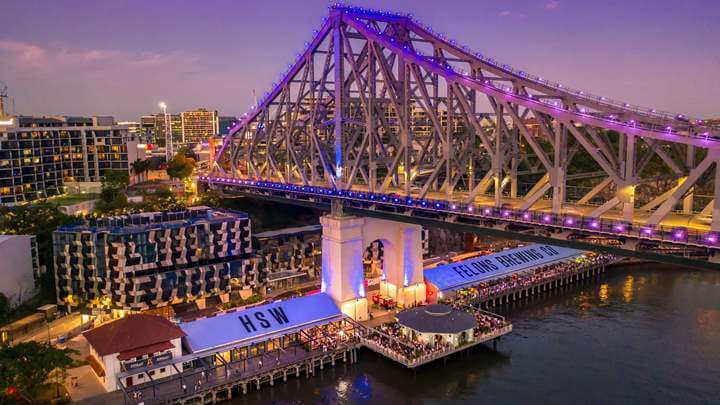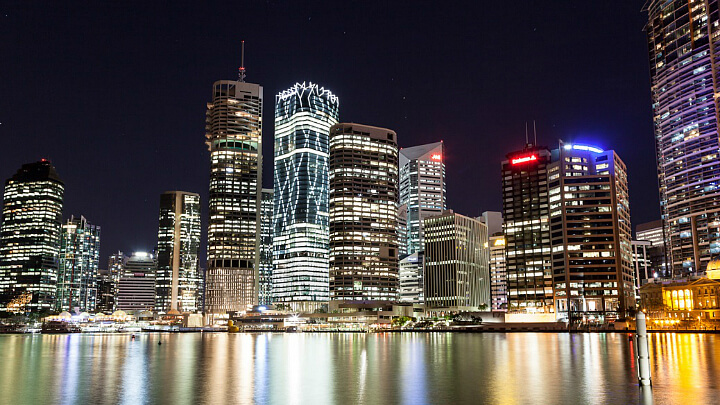
History of Brisbane
A river curving and curling its way around the landscape makes Brisbane one of the most unique capital cities in Australia. Brisbane came into being long before the state of Queensland was established, when intrepid Surveyor General John Oxley named the river he discovered after the Governor of New South Wales – Thomas Brisbane – in 1823.
Before European settlement in 1824, Aboriginal clans, namely Jagera and Turrbal, lived along the Brisbane River. It is not known how long they resided in this area but it is believed Aboriginal tenure in Australia dates back about 40,000 years.
The first convict jail was built in Redcliffe in 1824 and that was moved to the site of the present-day CBD in 1825. Officials believed the natural bend in the river provided an effective barrier against escape.
Civilian occupation of the area began in 1842, and by the late 1880s Brisbane became the main site for commerce, and the capital-to-be began to develop distinct architectural features and culture.
With an abundance of sunshine and laid-back lifestyle, Brisbane quickly drew people eager to settle in its environs. The city grew steadily over the years and a turning point in its advancement was during World War II when it housed the main allied headquarters in the South Pacific for Australian and American service personnel.
The post-war population boom brought a spurt in industry and Brisbane staked a claim as the third-largest city in Australia.

The Story Bridge
The Story Bridge is a heritage-listed steel cantilever bridge spanning the Brisbane River that carries vehicular, bicycle and pedestrian traffic between the northern and the southern suburbs of Brisbane, Queensland, Australia. It is the longest cantilever bridge in Australia.
The road across the bridge is named Bradfield Highway. The bridge connects Fortitude Valley to Kangaroo Point. The Story Bridge opened in 1940 and was tolled until 1947. It is named after prominent public servant John Douglas Story.
In 1926 Kangaroo Point was recommended by the Brisbane City Council’s Cross River Commission. Subsequently, the bridge was constructed as a public works program during the Great Depression. The cost was to be no more than £1.6 million.

World Expo 88
Thirty years ago today Queen Elizabeth II opened the World Expo in Brisbane, Australia. The six-month event attracted more than 15 million people to the city’s South Bank.
orld expos have a long and prestigious history as urban development vehicles, and the 1988 edition helped to shape Queensland’s capital.
Expos remain popular even if the basic premise – nations gathering in one place to display their technological innovations – now seems outdated.
Expo ’88 was an event in both senses of the word.
It was a planned occasion with a specific theme, but it was also a pivotal moment – a point from which things were never the same again for the host city.

Brisbane Economy in 21st Century
Brisbane covers 1342.7 km2 across 190 mainland suburbs, plus additional islands and localities in Moreton Bay. Brisbane region’s Gross Regional Product (GRP) is estimated at $182 billion. 1.25 million people called Brisbane home in 2019. The average household in Brisbane is made up of 2.6 persons. There were more than 131,000 registered businesses within Brisbane in 2018-19.
Brisbane is a major hub for large resource and energy companies, a global hub for the mining, equipment, technology and services (METS) sector, a significant centre for research and innovation, and the engine room of much of Queensland’s continued economic growth. The city’s $146 billion economy (Source: Brisbane City Council – Key Economics Fact 2016) is predicted to grow to more than $217 billion by 2031, having been a key driver of the Australian economy as it enters its 26th year of continuous growth (Source: Austrade 2017).
Strong growing local economy
Australia remained steadfast during one of the most turbulent periods of global modern economics, demonstrating remarkable resilience. During the worst of the global financial crisis, Australia maintained strong growth, outpacing all other advanced economies and securing a 22nd consecutive year of recession-free growth in 2013. The Queensland economy has consistently demonstrated above-average growth, growing at an average annual rate of 4 per cent real gross state product in 2016-17, 2.5 per cent above the Australian average.
A Safe and sure investment
Dun & Bradstreet Global Risk Indicator rates Australia as one of the safest countries in the world for investment. The continued internationalisation of the Brisbane economy, combined with a local pool of talent and a collaborative business culture, provides a strong, competitive environment for Brisbane’s economy to continue to outperform its neighbours. Brisbane’s progressive and far-sighted business and economic environment gives investors more confidence in their quest to optimise investment return. This confidence is built around Brisbane’s stable political environment, its proven and forecast population and economic growth, and ongoing public and private sector commitment to building a stronger economy and intellectual capital base.